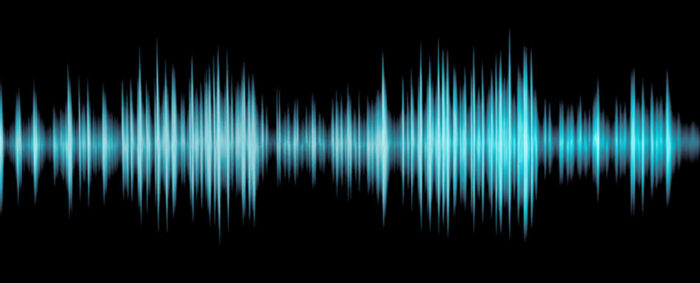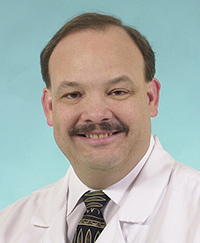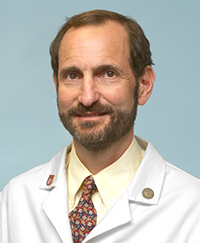Understanding and treating spasmodic dysphonia
A multidisciplinary collaboration at Washington University is examining the causes and latest treatments for spasmodic dysphonia, a voice muscle disorder

NPR talk show host Diane Rehm has it. So does cartoonist Scott Adams, creator of the “Dilbert” comic strip. Altogether, some 100,000 Americans suffer from spasmodic dysphonia (SD), a neurological disorder affecting the voice muscles. A long-standing collaboration among otolaryngologists and neurologists at Washington University School of Medicine and Barnes-Jewish Hospital brings the latest therapies and cutting-edge research to patients.
Two major forms of SD exist. Some 90 percent of patients have the adductor variety, in which muscle spasms cause stiffening of the vocal folds, resulting in strained or choppy speech. Another 10 percent have abductor SD, in which the vocal folds open, leading to soft, breathy speech. In both kinds, people can whisper normally and may find it easier to shout or sing.
Yet the cause of SD is still a mystery. Rarely, genetic defects are behind the disorder, but in perhaps 98 percent of patients, the cause remains unknown. Abnormalities in the brain stem may underlie SD. A Washington University neurology fellow, Scott Norris, MD, is launching a study to look at central nervous system mechanisms involved in SD.
Standard and emerging treatments

In 1990, when few other medical centers were using the technique, Washington University otolaryngologist Randal C. Paniello, MD, and his neurology colleague, Joel Perlmutter, MD, were already injecting the Clostridium botulinum toxin (Botox) into the affected muscles. The toxin blocks the signal between the nerve and the muscle, thus reducing muscle contractions. The injections take effect in two to seven days and last for an average of three months. Physicians determine the dose based on the patient’s preference: a higher dose leads to more initial side effects, but also a longer interval until the next injection.
“We have specialized expertise, but we also have a collaborative approach to treating patients, which works to their benefit,” says Perlmutter, the Elliot Stein Family Professor of Neurology. “In addition to otolaryngology and neurology, we also have a speech and language pathologist involved. It is truly a team effort.”
Many patients are eager for a surgical procedure that will correct SD permanently, but so far none exists. Recently, Paniello and his colleagues completed an animal study of a promising new surgical approach, which dramatically decreases the squeezing of the laryngeal muscles; they plan to open a clinical trial of the procedure and are testing another surgical option in the laboratory.

Other questions about SD exist, particularly how to diagnose it and rate its severity. Perlmutter and Paniello are involved in establishing and validating diagnostic criteria for SD. One project, headed by Perlmutter, will develop a biorepository that will collect biological specimens for use in future studies on movement disorders in specific muscle groups. Another—which includes only five U.S. centers, among them Washington University—is intended to develop a reliable diagnostic and clinical rating instrument.
Improving quality of life
Other Washington University research aims at improving quality of life for SD patients undergoing Botox treatment. In one study, Paniello and his colleagues looked at the effect of voice rest versus exercise following a Botox injection. They discovered that voice use—reading aloud for an hour just after the injection—intensified the Botox benefit.
In another study, they followed patients through up to five Botox injection cycles and discovered that many felt significantly impaired as much as half the time: just after injection, during the initial side effect phase; and again as the Botox wore off, a month or two before the next injection. “These results confirm the need for something better than Botox and give us impetus to keep looking for a longer-term treatment,” says Paniello.






